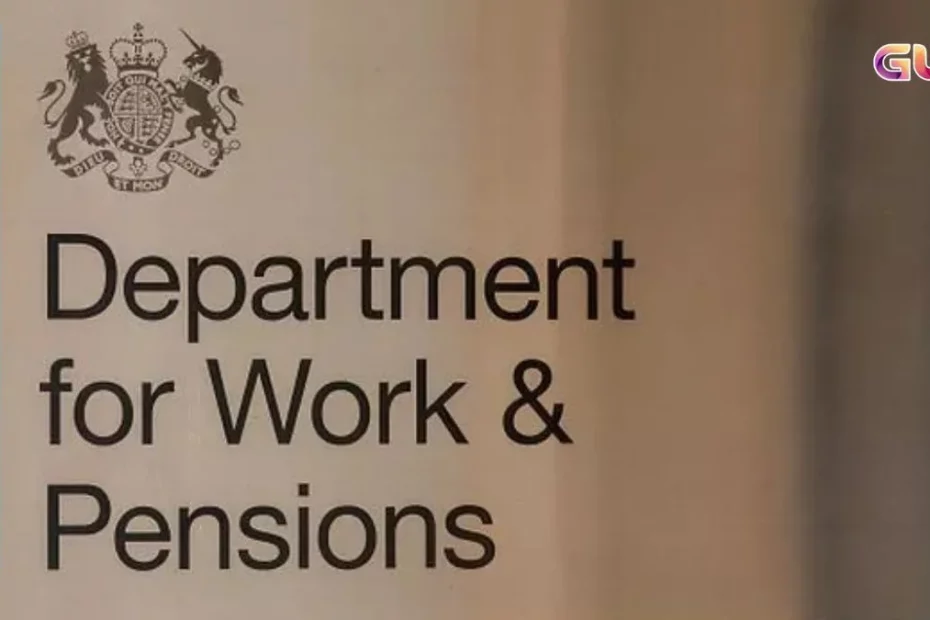DWP Payment — Millions of UK pensioners and working-age savers are set to benefit from a new Department for Work and Pensions (DWP) initiative that promises to boost retirement pots by an average of £1,000, just as the government’s controversial inheritance tax reforms face mounting opposition across rural communities.
Under sweeping changes to be introduced via the upcoming Pension Schemes Bill, the DWP will automatically consolidate small, forgotten pension pots—often worth less than £1,000—into a single, high-performing retirement fund.
The move is aimed at tackling Britain’s growing problem of pension fragmentation, where workers accumulate multiple small pots as they switch jobs throughout their careers.
“There are now more small pension pots in the UK than actual pensioners,” said Pensions Minister Torsten Bell. “By simplifying savings, we’ll reduce fees, eliminate admin burdens, and put more money back into people’s pockets.”
How the DWP Reform Will Work
Currently, over 13 million small pension pots are scattered across the UK, often subjected to flat-rate fees and duplicate charges that eat away at long-term returns. The new system will automatically transfer qualifying pots into a certified “default consolidator scheme,” unless individuals opt out.
According to the DWP, the scheme could boost average pension balances by £1,000 or more over time. The reforms are expected to benefit over 15 million savers, reduce annual admin costs for the pensions industry by £225 million, and inject £50 billion into the UK economy through improved investment strategies.
Chancellor Rachel Reeves hailed the bill as a “game changer,” stating:
“This is about delivering bigger pension pots for hard-working savers and securing long-term economic growth.”
Inheritance Tax Reform Fuels Rural Outrage
The pension boost announcement comes as the government simultaneously defends a separate tax reform plan that has sparked anger among farming families and small business owners.
From April 2026, the full 100% inheritance tax relief on agricultural and business assets will be capped at £1 million, with assets above that taxed at a reduced 20% rate. Critics, including the National Farmers’ Union (NFU) and multiple MPs, argue the changes could force families to sell off land or business assets just to cover tax liabilities.
“This is not just about numbers—it’s about people and legacies,” said NFU Cymru President Aled Jones, urging ministers to rethink the cap before it devastates generational farms.
Advertisement
The Treasury argues that only the wealthiest 500 estates will be affected and that most families can spread payments over 10 years, interest-free. But a recent report from CBI Economics estimates the tax could cost the economy £1.9 billion and threaten 200,000 jobs nationwide.
Two-Tier Retirement Landscape?
Experts warn that the simultaneous rollout of inheritance tax and pension reforms could create a two-tier retirement system—benefiting those with formal pension savings, but squeezing wealth held in land or private businesses.
“The pension pot boost is excellent for career savers, but the inheritance tax cap disproportionately affects rural and family-run wealth,” said Adam Craggs, tax partner at law firm RPC. “There’s a real risk of inequality in how different groups are treated.”
What’s Next for Savers?
The Pension Schemes Bill is expected to enter Parliament this summer, with implementation by mid-2026. Alongside pot consolidation, it introduces:
- Pension scheme scorecards to help savers identify top-performing funds
- Mandatory default options for drawing retirement income
- Stronger protections to prevent savers from remaining stuck in poor-performing schemes
Together, the DWP’s pension changes and the Treasury’s tax policy mark the most dramatic overhaul of retirement planning in decades—one that could shape the financial futures of millions across the UK.
